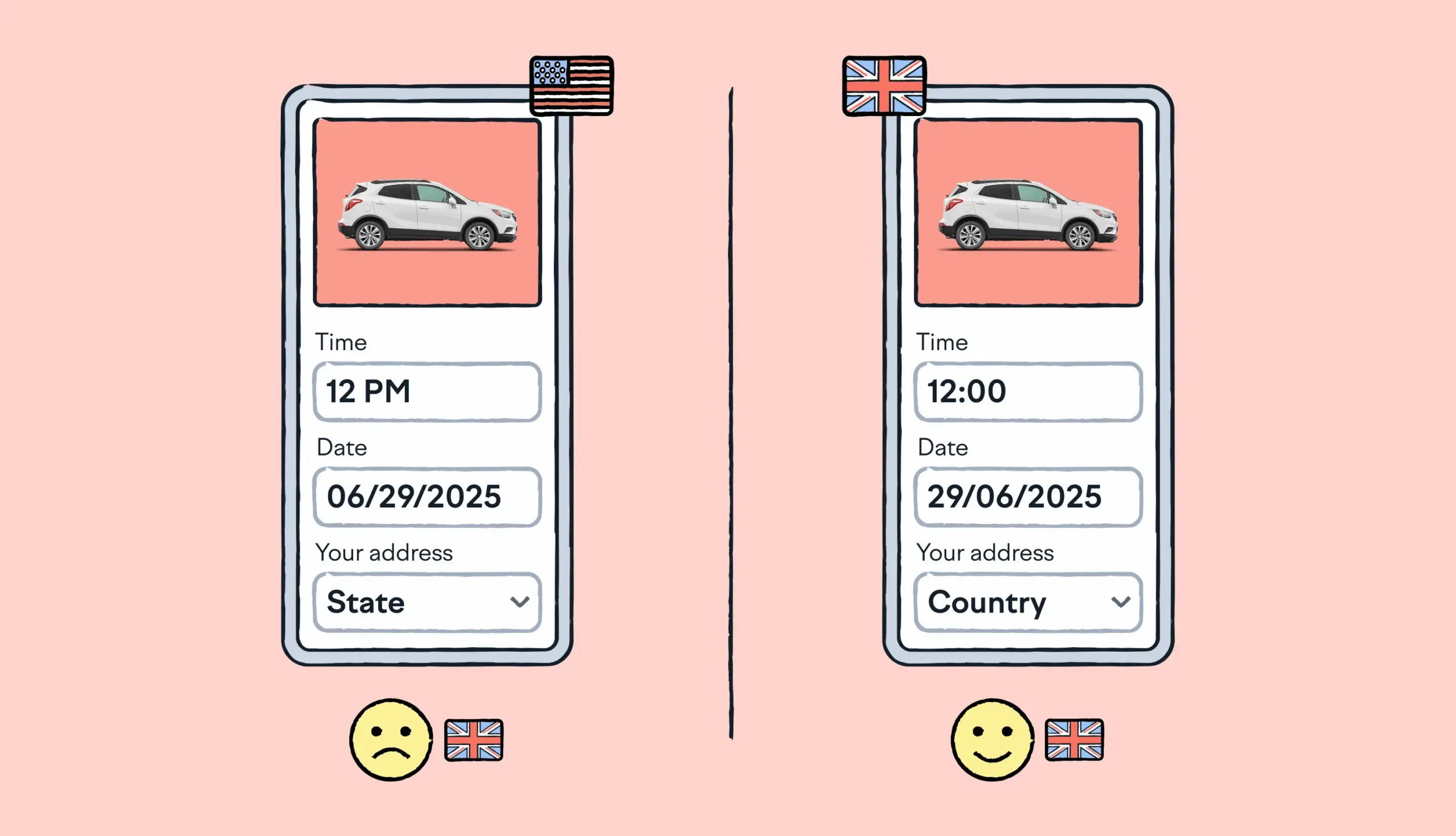Beyond metrics, think behaviors. If you’re in e-commerce, markets with strong mobile app adoption might be more rewarding than those tied to desktop.
Also, make sure to check for “language overlap markets” and weigh your pros and cons. Countries like India, South Africa, or Switzerland often require multiple languages, but offer amazing growth opportunities when tackled strategically.
Take India, for example. While English and Hindi are widely used, there are 22 official languages (!), and regional preferences like Tamil, Bengali, or Telugu can influence audience engagement.
2. Prioritize languages for maximum ROI
Once you’ve identified the markets, it’s time to zoom in on languages. However, it’s very important you understand that this isn’t just a numbers game. The “biggest” language doesn’t always mean it’s the most valuable for your growth.
When in doubt, start small. It’s always a better idea to first focus on one high-impact language per region and monitor results before expanding.
Even though it might sound counterintuitive, but if you’re targeting Europe–localizing to German alone might drive more ROI than tackling all EU languages at once.
Here are three main tips for identifying languages to localize for positive return on investment:
- Don’t underestimate “peripheral” languages that aren’t the majority, but hold niche buying power (e.g., translating into Catalan for a regionally loyal Spanish audience might be a smart move)
- Keep an eye on digital consumption trends to see how localization builds into the experience (e.g., emerging markets like Southeast Asia might prefer apps localized into simplified English if the interface is intuitive)
- Use a tiered approach when prioritizing localization languages
A tiered approach to localization helps you invest resources where they matter most. You’re primarily looking at impact and business value.
Example of a tier-based approach to language localization
Here’s how you can define your tiers:
- Tier 1: Core languages for revenue-generating regions
- Tier 2: Emerging markets with growing potential
- Tier 3: Strategic investment for brand reputation (e.g., offering Finnish for Nordic users)
You start with those regions that bring in the highest value for your growth. It might make sense to prioritize localizing marketing materials for specific countries, to get an initial feel of the market.
Then, you expand to Tier 2, where localized content can open new opportunities. Finally, as the lowest priority, you can consider tapping into new global markets and investing some resources into localization to test the waters.
3. Build and scale localization efforts
Do you know where most localization projects stumble? They try to do it all at once. Instead, you should think about making the process scalable, test-driven, and iterative.
Separating the wheat from the chaff is incredibly challenging. But you really should resit the urge to translate everything all at once.
Instead, localize what matters most first. In some cases, that might include translation of software, certain parts of your website such as product pages, checkout flows, or high-performing blog posts. Save the FAQs for later.
You should always test how global audiences respond to your localized content before committing to large-scale projects. For example, you can invest in translations and run a small PPC ad campaign to gauge click-through rates and interest. Plus, if you need to get internal buy-in for localization, collecting some data to build a business case makes sense.
The most popular languages to localize
While the choice of localization language is determined by your specific target audience, some have gained universal importance in the tech world. Below you can find the top five.
1. English
English is the most widely spoken language worldwide which makes it crucially important for international brands. It is official in over 50 countries and the primary language of communication in many others.
Companies looking to expand globally must localize their content into English to reach a broader audience. English is also the most widely used on the internet, making it crucial for brands targeting online markets.






